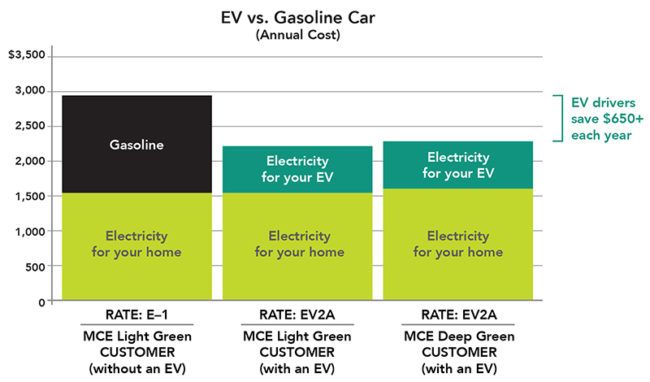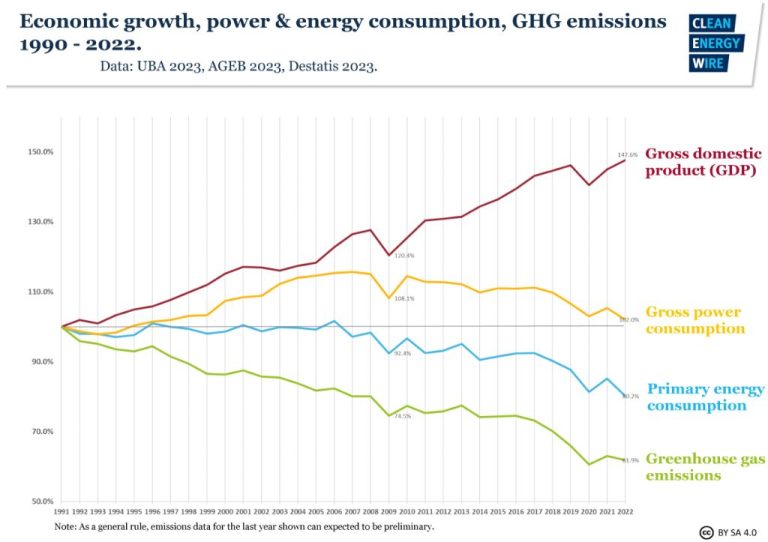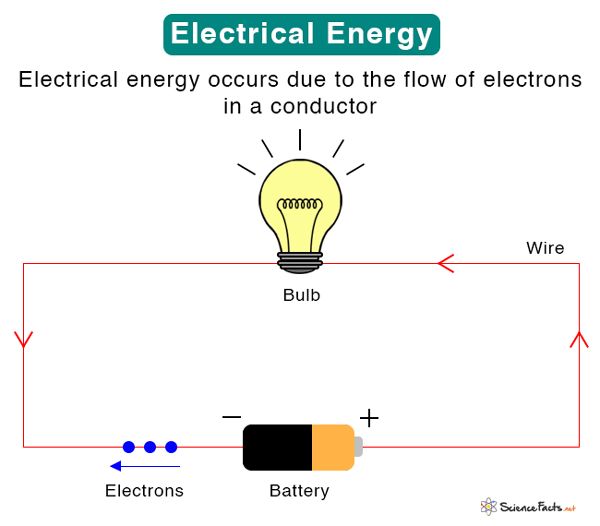How Much Energy Do Electric Cars Save?

Electric vehicles (EVs) are rapidly growing in popularity around the world. In 2022, over 10 million EVs were sold globally, representing nearly 15% of all passenger vehicle sales that year (IEA). This represents a major shift, considering EVs accounted for less than 5% of global car sales just two years prior. As more drivers adopt EVs, an important question arises: how much energy do electric cars actually save compared to gas-powered vehicles?
This article will provide a comprehensive overview of the energy efficiency and savings of electric cars. We’ll examine how much electricity EVs use for charging versus how much gasoline conventional vehicles use. We’ll look at the charging efficiency of EVs and analyze where the electricity comes from. We’ll also estimate lifetime energy savings and emission reductions. Additionally, we’ll discuss cost savings and some of the challenges and limitations surrounding EVs. By the end, you’ll have a detailed understanding of the energy profile and savings potential of electric vehicles.
How Electric Cars Work
Electric cars differ from gas-powered cars in that they use electricity to power an electric motor instead of gasoline to power an internal combustion engine. Electric cars use large battery packs to store electricity, which powers the electric motor that turns the wheels (Source).
Gas cars rely on gasoline stored in a fuel tank. The gasoline is pumped into the engine and ignited by spark plugs to move pistons that turn a crankshaft, which transfers power to the wheels. Electric cars skip all of that mechanical complexity and instead use stored electricity in batteries to directly power a motor that turns the wheels (Source).
The simple electric drivetrain in electric cars leads to fewer moving parts, less maintenance, smoother and quieter operation compared to gas cars. However, electric cars require large, heavy battery packs which can reduce range. Tradeoffs between electric and gas cars relate to factors like range, fueling/charging time, environmental benefits, and lifetime ownership costs.
Electricity Usage
Electric cars are far more energy efficient than gas-powered cars in terms of how much energy is required to drive a certain distance. An average gas-powered car in the US gets about 25 miles per gallon, while an electric car gets over 100 MPGe (miles per gallon equivalent).
The MPGe rating allows comparison of energy efficiency across electric and gasoline vehicles. It represents how far an electric vehicle can travel on the same amount of energy as contained in a gallon of gasoline. Most electric cars today have MPGe ratings between 100 to 130. This means they can travel 3 to 5 times further on a kilowatt-hour of electricity than a traditional gasoline car could travel on the energy in a gallon of gas.
For example, the 2022 Tesla Model 3 Long Range is rated at 131 MPGe. That means it can travel 131 miles on the amount of electrical energy equivalent to the energy in one gallon of gas. A comparable gas-powered sedan may get around 25 mpg, so it would only travel 25 miles on that same amount of energy. This shows how much more efficient electric vehicles are in their energy usage.
(Source: https://www.quora.com/On-average-how-much-energy-is-used-by-electric-vehicles-per-day)
Charging Efficiency
Charging efficiency refers to the percentage of electricity from the power source that actually makes it into the electric vehicle’s battery during charging. Some energy is lost as heat during the charging process. On average, Level 1 and Level 2 chargers have a charging efficiency around 90%, while DC fast chargers are usually around 93-94% efficient.
According to data from a Car and Driver test, a Tesla Model 3 averaged 99% charging efficiency at a 400V Supercharger. However, efficiency drops below 80% once the battery reaches above 80% state of charge. Cold temperatures can also reduce charging efficiency by 10-25%.
Overall, experts estimate approximately 15-20% of electricity is lost during charging. So for example, if you pay to charge 25 kWh into your EV battery, only 20-21 kWh actually makes it into the battery. Improving charging efficiency is an important area of research to maximize EV benefits.
Energy Sources
The emissions impact of electric vehicles depends heavily on the energy sources used to generate the electricity for charging. Areas with a high proportion of coal and natural gas power plants tend to have higher charging emissions, while areas with more renewable energy have lower emissions (Sungevity to offer free charging stations when going solar in the Bay Area, 2015).
Many electric vehicle owners aim to charge with renewable energy to maximize emissions reductions. Home solar panel systems are a popular option, providing sunlight-generated electricity for home and vehicle charging needs. Some solar companies like Sungevity even offer free charging stations with solar panel installations.
Public charging stations can also increasingly access renewable energy. Wind and solar farms can directly power EV charging stations through renewable energy certificates and power purchase agreements. Utilities are also working to increase renewable energy on the overall grid, allowing electric vehicle charging from cleaner sources.
Lifetime Energy Savings
When analyzing the total energy usage over the lifetime of an electric vehicle compared to a gas-powered car, studies have found that EVs generally consume less energy. According to the EPA, the greenhouse gas emissions from an EV over its lifetime are typically lower than a gas-powered car [1]. This is because most emissions from gas cars occur during the usage phase, whereas a significant portion of emissions from EVs occur during manufacturing. However, because EVs are more energy efficient during usage, they make up for the increased manufacturing emissions over their lifetime.
One study from the Union of Concerned Scientists found that a mid-size EV consumes about half as much energy over its lifetime compared to a similar gas-powered vehicle. This accounts for manufacturing, usage, and disposal of the vehicles [2]. Factors like battery size, vehicle efficiency, electricity generation sources, and mileage driven impact total lifetime energy usage. But in most scenarios analyzed, EVs consume significantly less net energy.
The largest savings come from the increased efficiency of EVs – electric motors convert over 77% of energy to power the wheels, whereas gas engines only convert 12-30% of energy to motion [3]. This efficiency advantage during the usage phase outweighs the increased manufacturing emissions of EVs over their lifetime.
Emissions Reduction
Electric vehicles have lower lifetime greenhouse gas emissions compared to gas-powered cars. According to a report from MIT, the manufacturing of electric vehicles emits more carbon dioxide than gas cars due to battery production. However, electric vehicles are much cleaner during the usage phase. The typical electric vehicle in the United States emits less than half the lifetime emissions of a gas-powered vehicle, even when accounting for manufacturing. This is because most electric vehicles are charged from a power grid that is getting cleaner over time, while gas vehicles continue to emit greenhouse gases throughout their lifespan.
Specifically, the manufacturing of an electric vehicle battery emits 15% more emissions than manufacturing an engine for a gas-powered car. However, an analysis by the Alternative Fuels Data Center shows that driving an electric vehicle produces fewer emissions per mile than even the most fuel efficient gas-powered car. Over the total lifetime, which accounts for both manufacturing and usage, electric cars have a much lower carbon footprint.
Cost Savings
Electric vehicles provide significant lifetime cost savings compared to gas-powered vehicles. According to a report by the Electric Power Research Institute, the lifetime savings for a medium-sized EV is estimated to be up to $18,440. These savings come from reduced fuel and maintenance costs.
Electricity is a cheaper fuel source than gasoline or diesel. Based on average U.S. fuel prices, fueling an EV is roughly equivalent to paying $1 per gallon for gas. Maintenance costs are also lower since EVs have fewer moving parts and don’t require oil changes or tune-ups. Overall, studies show EVs can save owners $800-1,000 per year on fuel and maintenance.
However, widespread EV adoption does require investment in charging infrastructure, both at home and in public spaces. Installing a Level 2 home charger can cost $500-1500 depending on the electrical work required. Public fast charging stations are even more expensive, with costs from $50,000 up to $100,000. While this infrastructure enables EV cost savings over time, the upfront costs pose a challenge.
Challenges & Limitations
There are still some key challenges and limitations holding back widespread adoption of electric vehicles. The most commonly cited barriers include limited range, lack of charging infrastructure, and higher upfront costs compared to gas-powered cars.
Range anxiety, or fear of running out of charge before reaching your destination, remains a top concern. Most affordable EVs today max out at 250-300 miles on a single charge, while gas cars can go over 400 miles before refueling. This makes long road trips more challenging in an EV. However, range has been steadily increasing with advances in battery technology. The latest EVs like the Lucid Air can exceed 500 miles per charge.
Public charging infrastructure is not yet as widespread as gas stations. While this is quickly changing with thousands of new public chargers being installed annually, limited access to fast charging on highways and in rural areas remains an obstacle. Home charging helps alleviate this, but not all have access to residential charging.
The high upfront cost of EVs compared to similar gas-powered models also slows mainstream adoption. Prices are coming down as technology improves and more affordable models launch, but cost continues to be a barrier. However, lower maintenance and fueling costs can offset the higher sticker price over time.
Conclusion
In summary, electric vehicles provide significant energy savings and emissions reductions compared to gasoline-powered cars. On average, EVs are 3-4 times more energy efficient, with most models achieving over 90 MPGe compared to around 25 MPG for gas vehicles. This translates into a lifetime savings of around $6,000-10,000 in fuel costs for the average driver.
Additionally, EVs produce far fewer emissions by utilizing electricity from an increasingly renewable and clean grid rather than burning gasoline. Over the lifetime of an EV, greenhouse gas emissions are reduced by over 50% on average compared to a traditional car. As renewable energy continues to expand, these savings will further improve.
While EVs still face some challenges like high upfront costs and lack of charging infrastructure in some areas, continued technology improvements and falling battery prices should boost adoption. Most forecasts predict EVs will make up 40% or more of new car sales globally by 2030. With growing model selection and driving ranges over 300 miles, EVs are becoming a practical, clean, and cost-effective option for more and more drivers.







